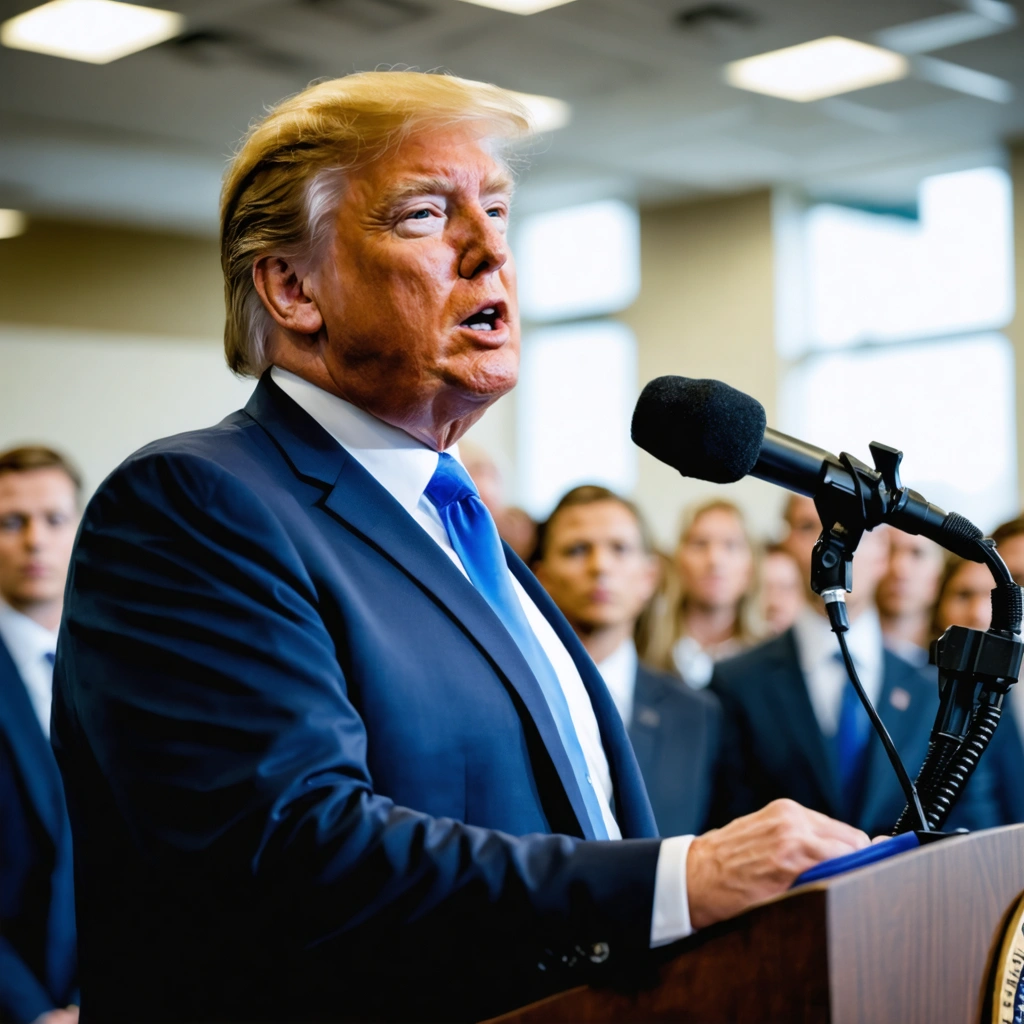
Introduction
The recent firings initiated under the Trump administration have generated significant debates regarding the future of civil rights enforcement within the U.S. Department of Education. This in-depth analysis examines the implications of these firings on the Civil Rights Division, a body that has historically spearheaded landmark cases, catalyzed policy changes, and driven social reforms. The actions taken represent a shift in enforcement priorities and a potential challenge for advocates of equal access to education.
Background and Historical Context
Role of the Civil Rights Division in Education
The Civil Rights Division within the Education Department has been integral in the following areas:
- Ensuring equal educational opportunities
- Addressing systemic discrimination in schools
- Overseeing initiatives that support underrepresented communities
Historically, the division has acted as a catalyst for broader policy reforms, often setting precedents through its litigation and policy recommendations. Many of its landmark cases have not only shaped educational policies but have also contributed to a wider societal dialogue on civil rights.
Policy Shifts and Administrative Changes
The decision to fire several key figures from the division is seen as part of a broader administrative strategy to realign policy priorities. In the context of shifting political winds, these firings have been interpreted in various ways:
- As a move towards deregulation and reduced oversight in the education sector.
- As a signal to other departments regarding the importance of aligning with the broader political agenda.
- As a disruption to the continuity of civil rights advocacy within the educational framework.
Implications for Civil Rights Enforcement
Immediate Operational Changes
The removal of experienced personnel from the Civil Rights Division has led to several immediate effects:
- Slowed Review Processes: Cases historically prioritized by the civil rights team may now face delays due to restructuring and the integration of new personnel.
- Reduced Legal Support: With key legal experts no longer in place, the division now needs to rebuild its capacity to challenge discriminatory practices.
- Shift in Enforcement Focus: The new administrative direction could potentially alter the criteria used for investigating and litigating civil rights issues in education.
Long-term Consequences for Social Reforms
Over the decades, cases pursued by the division have played an essential role in not only addressing classroom inequities but also serving as a benchmark for broader societal change. The firings may have several long-term consequences, including:
| Aspect | Historical Impact | Potential Future Impact |
|---|---|---|
| Policy Precedents | Established standards for non-discrimination and equal opportunity | Possible dilution of established precedents leading to fragmented policy enforcement |
| Advocacy and Public Trust | Built up trust among educators and minority communities | Risk of diminished public confidence in the fairness and efficacy of civil rights enforcement |
| Legal Framework | Strong litigation record upholding civil rights in education | Potential realignment that may weaken legal safeguards against discrimination |
The table above summarizes potential future impacts compared to historical strengths. The divergence between past successes and future uncertainties underscores the importance of maintaining a robust civil rights division in the face of political or administrative shifts.
Strategic Responses and Future Directions
Adaptive Strategies for Resilient Policy Implementation
In response to these structural changes, several strategic pathways have been discussed by industry experts and civil rights organizations:
- Enhanced Stakeholder Collaboration: Building stronger ties with local advocacy groups and educational institutions to ensure that civil rights priorities remain at the forefront of policy debates.
- Policy Reforms: Advocating legislative measures that provide greater independence to civil rights offices within governmental agencies.
- Public-Private Partnerships: Leveraging partnerships with private sector and nonprofit organizations to create a safety net that reinforces the mandate of civil rights protections in education.
By adopting these adaptive strategies, organizations aim to navigate the complexities introduced by the recent firings and continue the pursuit of equitable education policies.
Monitoring, Evaluation, and Accountability
To mitigate potential disruptions, continuous monitoring and evaluation of the division’s activities have become crucial. Recommended measures include:
- Implementing regular performance audits to assess the efficiency and impact of new initiatives.
- Conducting independent reviews to ensure accountability in civil rights enforcement within educational institutions.
- Establishing transparent reporting channels that hold administrative decisions accountable to both the public and policymakers.
These steps are seen as essential to maintain a long-lasting commitment to equal education opportunities and to ensure that the spirit of past reforms continues to guide future actions.
Conclusion
The firings initiated by the Trump administration represent more than a temporary shift in personnel; they signify a potential turning point in the broader landscape of civil rights within the education sector. With longstanding reforms at risk, the task now lies with policymakers, advocacy groups, and educational leaders to reassess and reinforce the mechanisms through which civil rights are upheld.
Furthermore, the evolution of the Civil Rights Division’s role offers a cautionary reminder of the delicate balance between administrative priorities and the enduring need for social justice. In recognizing the historical significance of the division’s cases and decisions, stakeholders must work collectively to ensure that any future changes serve to bolster, rather than undermine, the progress made toward equitable education.
Ultimately, proactive engagement and strategic policy formulation will be key to addressing the challenges presented by these structural shifts. By drawing on lessons from the past and leveraging new opportunities for reform, the future of civil rights in education can remain on a path of transformation and resilience, ensuring that the rights of every individual are preserved and promoted in a rapidly changing world.




